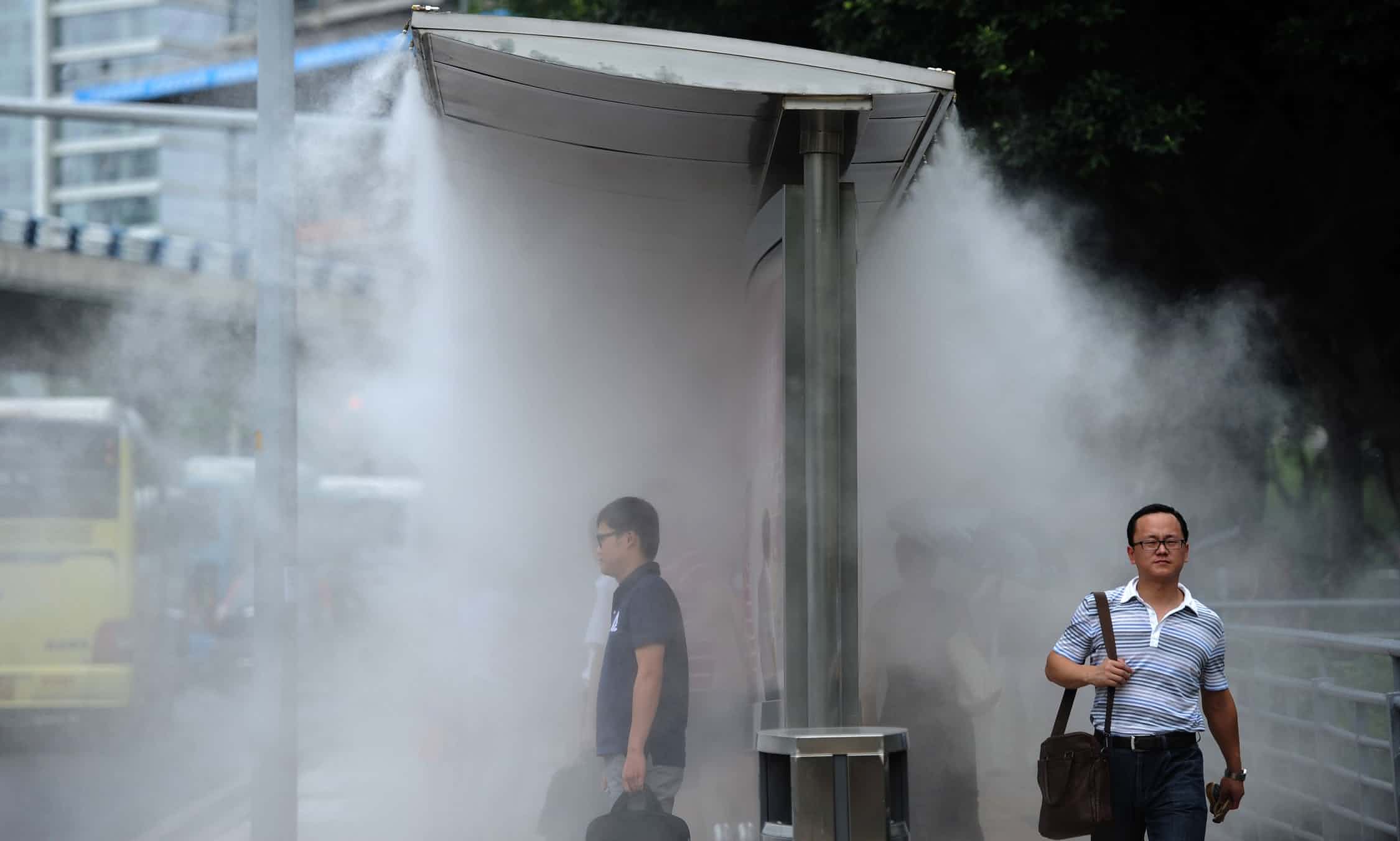Much of the globe is currently experiencing a heatwave that portends what a future of warmer average temperatures might look like. Some of the most intense heat is felt in cities, which can be up to 10C hotter that the nearby countryside due to the “urban heat island” effect. In The Guardian, Philip Oldfield outlines a handful of strategies used by architects and city planners to cool some of the largest, hottest cities in the world, including New York, Abu Dhabi, and Chongqing, China. They involve bringing the natural cooling processes of nature into the concrete-and-asphalt environment of cities. Here’s an excerpt:
With a warming climate and rapid population growth in hotter, increasingly wealthy countries, our use of air conditioning is set to skyrocket in what the International Energy Agency calls a “looming cold crunch”. They estimate that the energy needed for cooling buildings will triple by 2050 – a growth equivalent to the current electricity demand in the USA and Germany combined.
Yet our disproportionately warm cities do not simply pose an energy challenge. Ultimately, urban temperature presents us with life-or-death situations; an increase in mortality and strokes is reported when temperatures head above 25C. In the US heatwaves kill more people on average than any other natural disaster, while in the UK heat-related deaths are set to increase 257% by 2050 and 535% by 2080. And it is not just an issue in hot countries – in Moscow an estimated 11,000 people died due to a heatwave in 2010.
With the frequency and intensity of heatwaves increasing we need to urgently tackle the excess heat we face both inside our buildings, and in our cities’ outside spaces. Fortunately, there are many ways in which we can mitigate the urban heat island effect – while also creating more attractive places to live, work and play.
Image via The Guardian.
